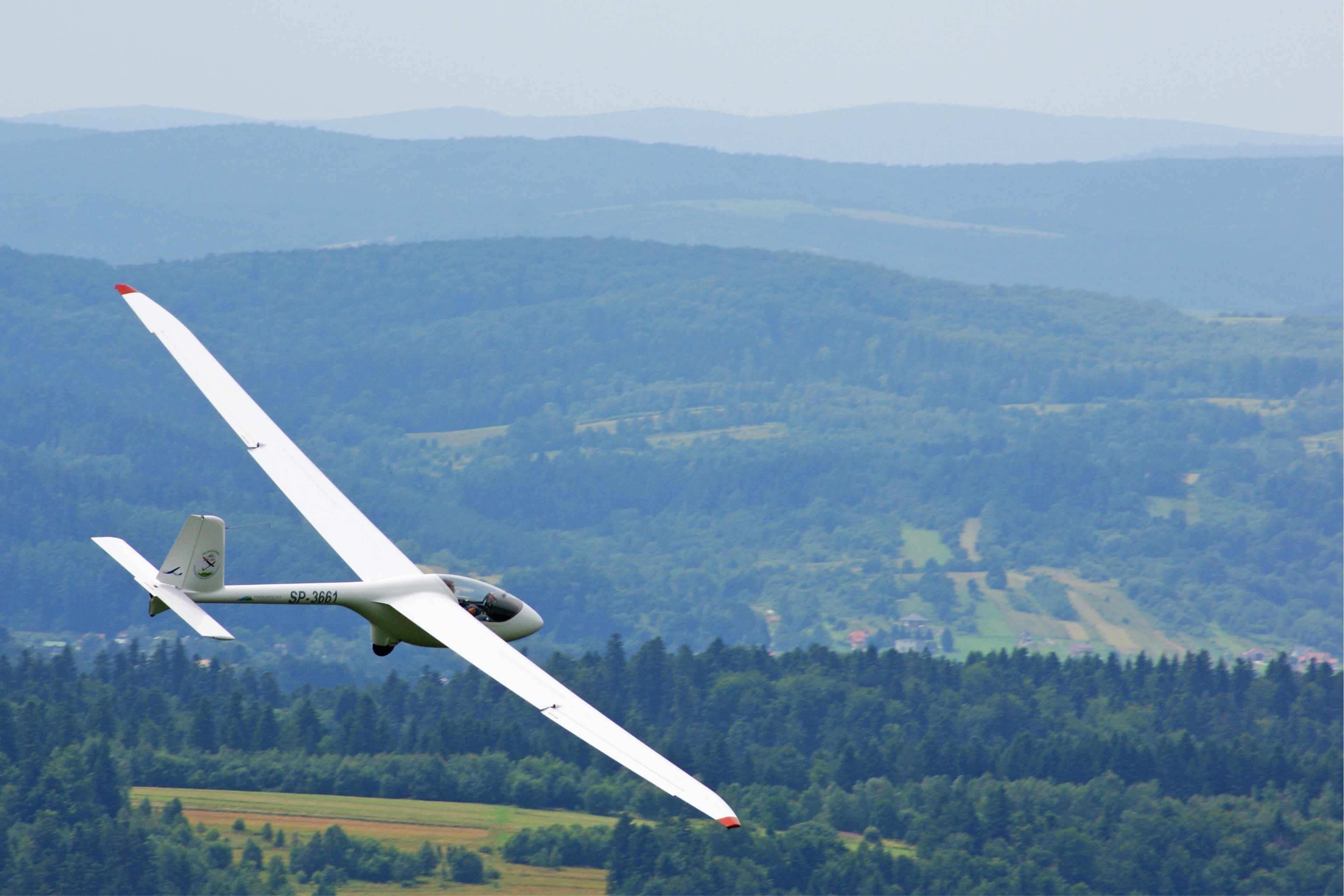The unauthorised entry into notified airspace* by an aircraft is known as an airspace infringement. Each year in the UK there are over 1,000 airspace infringements reported under the Mandatory Occurrence Reporting scheme. Around 90% of these occurrences involve General Aviation pilots operating in sport and recreational aviation.
An airspace infringement is a safety risk that has the potential to cause a mid-air collision. Not only does it increase the workload of the air traffic controllers but it also adds to the complexity of the task. It can also cause disruption to the provision of airspace management with wider negative consequences on airspace and airport capacity when flights are diverted.
The UK Civil Aviation Authority (CAA), Air Navigation Service Providers (ANSP) and a wide range of aviation industry groups are working together to develop strategies to reduce the probability and risk of airspace infringements. This tutorial will show how infringements can occur and the steps pilots should take to prevent them. It is intended to be a practical guide to help pilots comply with the privileges of their licence which, if followed, will help keep everyone using UK airspace safe.
The CAA has a process (CAP 1404) by which it reviews reports of airspace infringements and determines appropriate actions. The process may end at different points depending on the information available and responses
received, and/or the outcome of remedial measures.
*Notified airspace is…
- Controlled airspace
- Prohibited or restricted airspace (Permanent and Temporary)
- Active Danger Areas (Permanent and Temporary)
- Aerodrome Traffic Zones
- Radio Mandatory Zones
- Transponder Mandatory Zones


